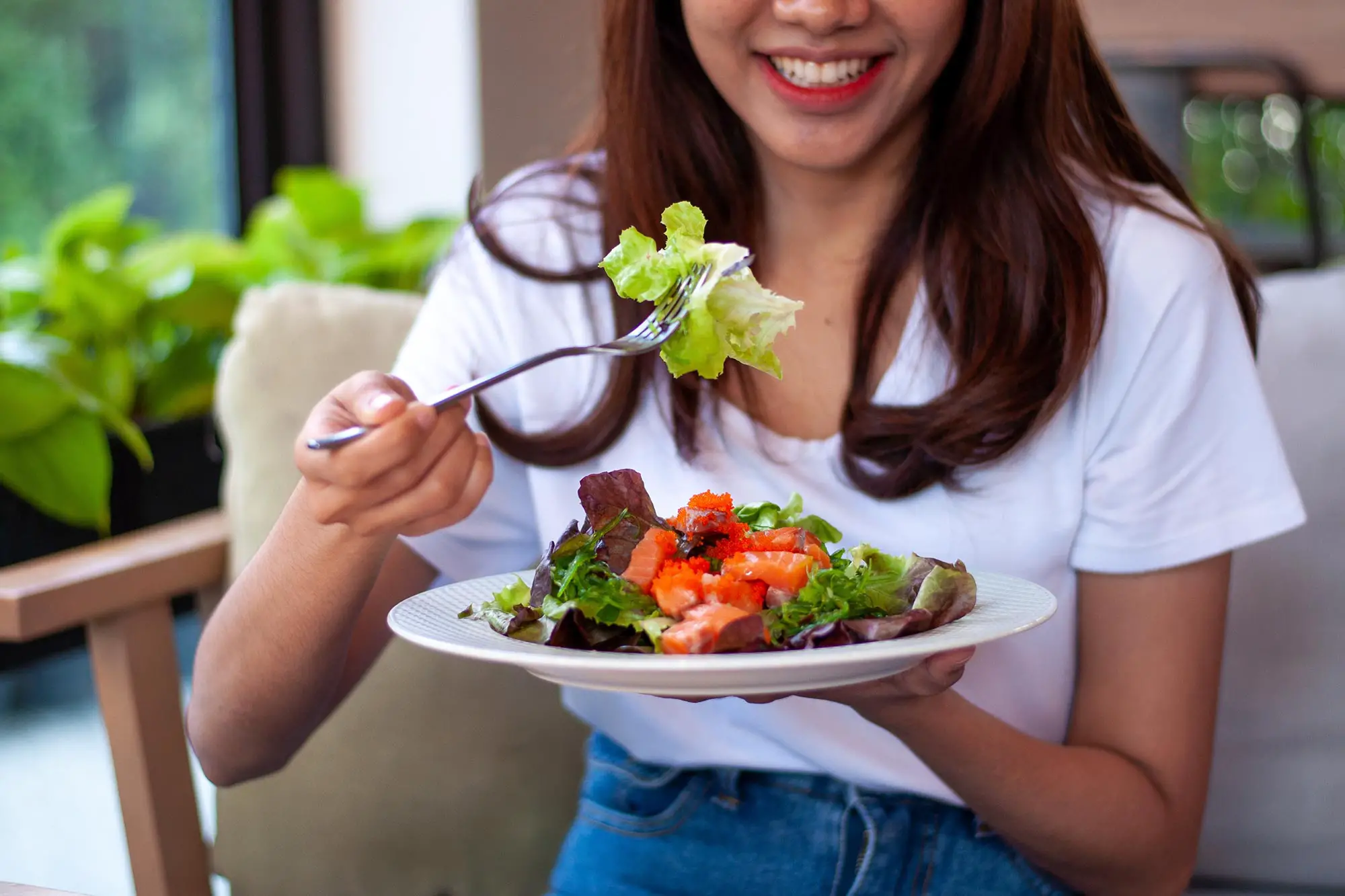Salads can be made more gut-friendly, filling, and delicious by adding protein, healthy fats, and a variety of dressings.
Salads are the perfect way to add important nutrients to your diet. The refreshing and delicious salads are full of antioxidants, Vitamin A, Vitamin C, folate, calcium, fiber, and phytonutrients. Low in calories and cholesterol, salads with a wide variety of leafy vegetables and colorful vegetables and fruits are also low in calories and sodium.
Why There Is Need To pay Extra Attention On Salads

It is essential to pay extra attention to what you eat during the monsoon season. During the time of high mugginess, there’s consistently a gamble of getting water-borne infections like typhoid, gastroenteritis, food contamination, and the runs. Crude plates of mixed greens and green veggies in the event that not cleaned as expected can be a favorable place of microorganisms and endanger us of diseases.
Benefits Of Eating Them

- Fueling your body with green vegies is an excellent way to promote digestion, support a healthy gut microbiome, and boost overall well-being.
- Loaded with fiber, vitamins, and minerals, salads help improve digestion, maintain weight, and enhance nutrient absorption.
- They can also reduce inflammation, increase energy levels, and support a strong immune system.
How to make salads enjoyable

f you’re not a fan of them, fear not! There are plenty of ways to make them enjoyable. Experiment with various textures, flavors, and toppings to create a personalized salad masterpiece. Try adding crunchy nuts, creamy avocados, tangy dressings, or grilled protein for extra taste and satisfaction.
How to create gut-friendly Salads

Follow These Steps To Make Gut-FriendlyIn Home
1. Add a prebiotic food to feed your gut bacteria
2. Vary up your greens for different flavors and nutrients
3. Aim for three different plants. This helps your gut microbiome
4 The more color the better. Colors mean antioxidants
5. Add or pair with a protein. Protein helps you stay full.
6. Focus on healthy fats for nutrient absorption, satiety, and enhancing flavor



